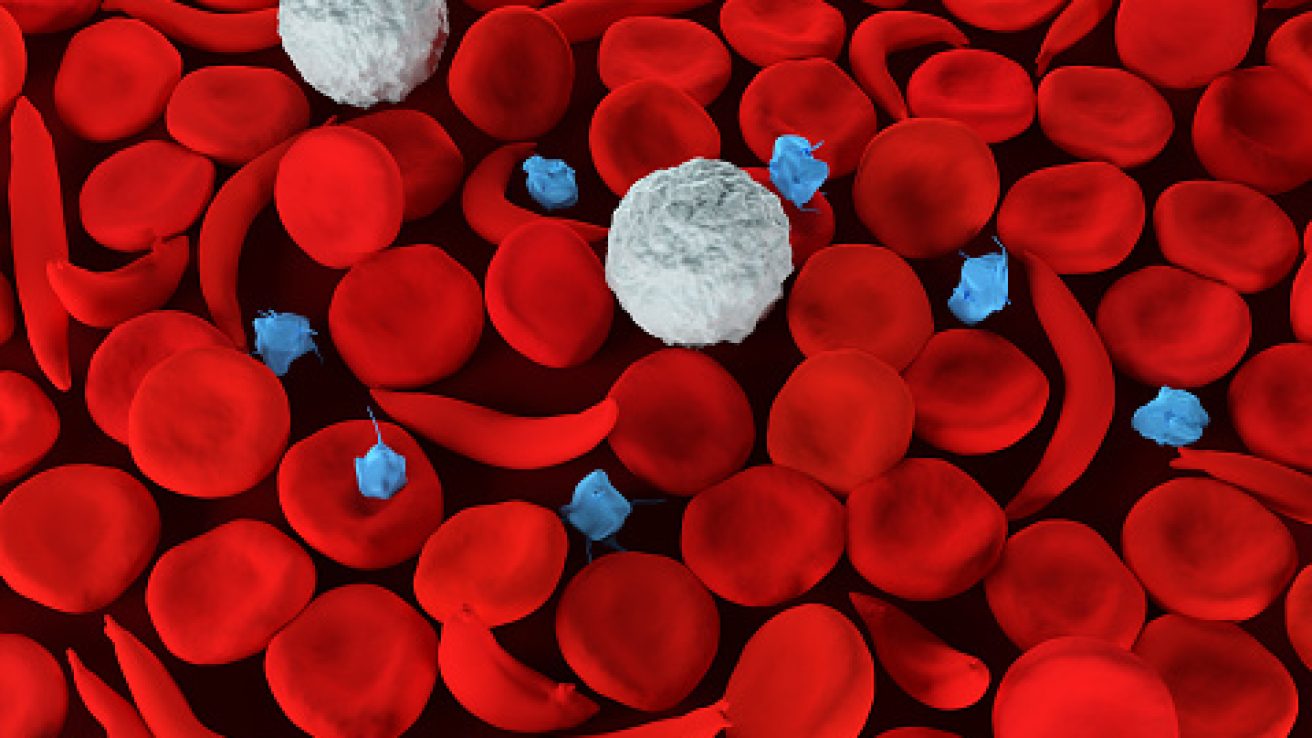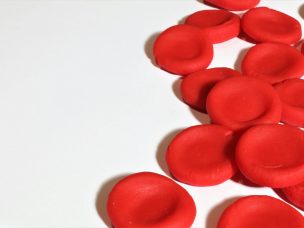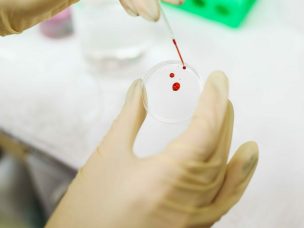In this MD Newsline exclusive interview with Dr. Alecia Nero, hematologist and associate professor in internal medicine and pediatrics at UT Southwestern Medical Center, we discuss implicit bias and sickle cell disease.
Dr. Nero is the Director of UT Southwestern’s Transition Sickle Cell Program and Adult Sickle Cell Program. UT Southwestern is part of the Sickle Cell Disease Clinical Trials Network.
MD Newsline:
How can hematologists address implicit bias in their practice? How might their doing so improve healthcare for underserved communities?
Dr. Alecia Nero:
“Absolutely, patients with sickle cell disease represent an underserved community, and they face implicit bias and blatant bias when receiving care. The first steps in addressing this bias are acknowledging it, recognizing it, and actively working to improve it.
One of the easiest ways we can do that is by reviewing our patient care practices. If you find that you’re creating rules that patients with sickle cell disease have to follow and patients with other blood disorders don’t—you might be doing something implicitly.
Now, it may very well be appropriate clinically because we treat different conditions differently. However, the barriers we create for patients with sickle cell disease reflect the bias they face daily.”
Responses have been condensed and lightly edited.










